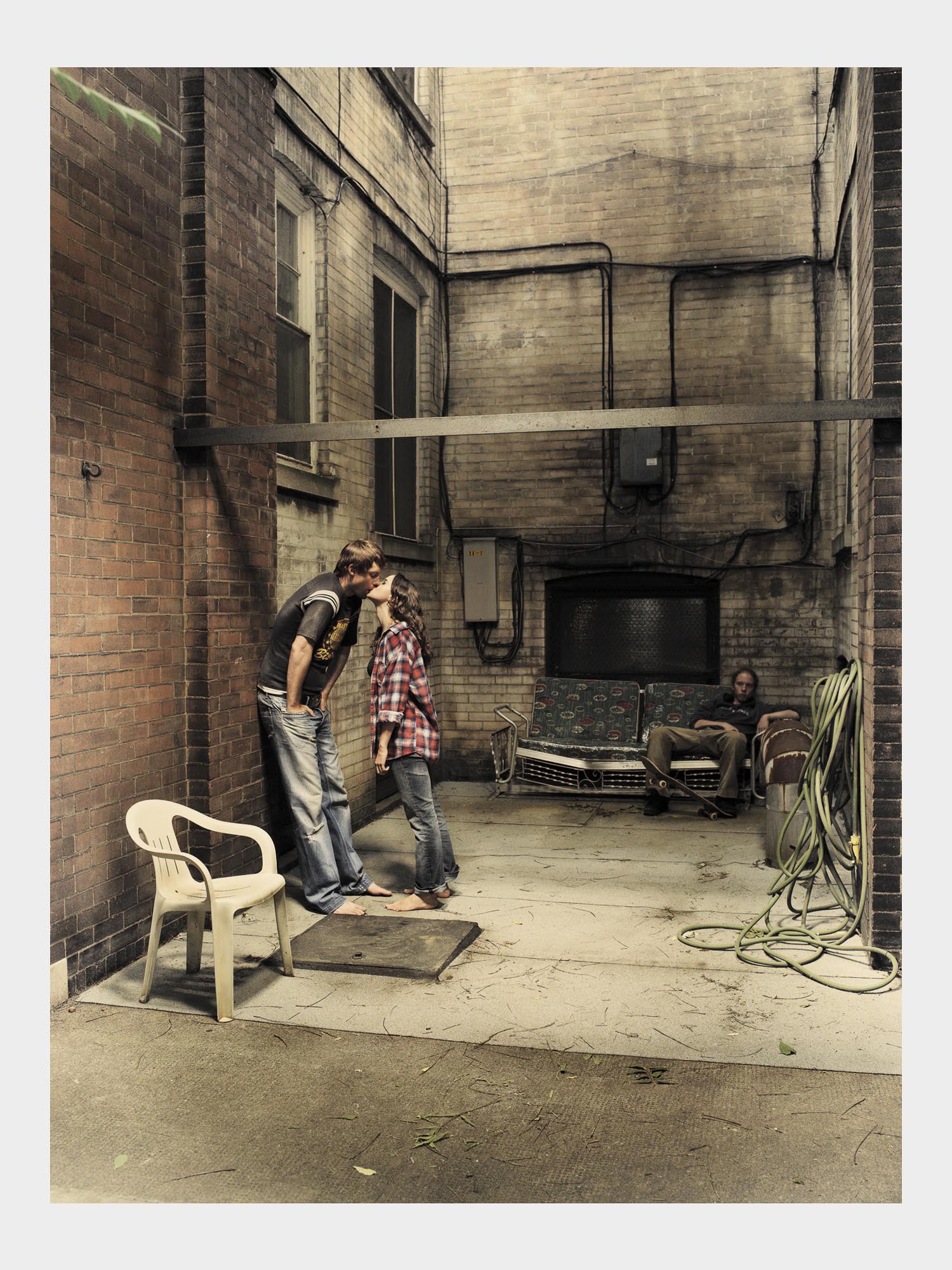A Very Brief History ‘of Other’
Preview of the 12 Degrees – Volume 01
Over decades, the 12 Degrees have culled their material from a vast catalogue of over 350,000 discarded media scripts and performances. Working with a cast and crew numbering in the hundreds, the works are split across two mirrored volumes that render the dual ways we experience the world itself. The aim is to conjure parts of the stagecraft and bias that move our public and private impressions. Each mirrored volume serves as an Other, or a complementary way of seeing either fact or feeling, reason or instinct, or one and other. Between the volumes, the goal is to find alternate ways of seeing ourselves, our minds, or simply one's signal from another's noise.
The Mirrored Others – Volume 02
At its core is a philosophy that attempts to rearrange the roots of our perceptions and the influences shaping them — often considered a visual bias. Using everyday categories, ‘Other’ is a concept similar to what Einstein called Combinatory Play or the idea of seeing and combining the familiar from unfamiliar views. This principle echoes with a spirit of ‘mindfulness’ critical to reading and re-reading ourselves in an image-laden landscape. Together, the 12 Degrees offer a sympathetic eye onto the often rash ‘primers’ that distort the meanings before us. You may also notice a recurring theme psychologists call a ‘Theory of Mind.’ It highlights the ability to ascribe motivations, performances, beliefs, or perspectives to a self and another. It’s also an ability to acknowledge a line of thinking that might differ from one’s own views. In many ways, to conceive of others requires language and interaction. It can shape us, distort us, inspire us, or lead us astray, and bias can be a factor in our understanding of things. The 12 Degrees re-imagine the dialogues and elusive biases that shape both viewers and the viewed.
Carl Jung referred to these 'Degrees' of our being as archetypes. Plato called them Forms, Kant called them Categories, while Edward Bernays called them the principles of Engineered Consent or the roles, desires and symbols that motivate a consumer class. However phrased, they are all types of unconscious projections that not only entertain us but instruct us in our cultural and societal struggles. The works ‘of Other’ are built using the media image as a form of contemporary myth-making. At times, they may seem like a difficult read, asking us to overturn or suspend many of the assumptions we rely on in our reasoning, calling many of them into question. But with a kind of anthropological approach that traces back values and intentions within others and ourselves, the works become much easier to follow, connecting to a type of central human philosophy.
Nietzsche once called it ‘ridendo dicere severum’ (say what is sombre through what is laughable).
As a whole, they offer a unique challenge to engage with the complexity of human thought through unfamiliar perspectives. The two volumes mirror one another in spirit, echoing ideas that ask us to look beyond mere surfaces, past the immediate, to discover the depths and follies connecting our shared realities. These modes of seeing among our inner and outer selves are curiously intertwined here, leaving viewers and the viewed never to be sure which one is playing their hand at any one time. It can be provocative, enlightening and slightly unnerving to apply these insights into how we think, see, and act in this time of social and societal change.
— michael graf
08° - Other Taste (Volume 01)
08° - Other Taste (Volume 02)




